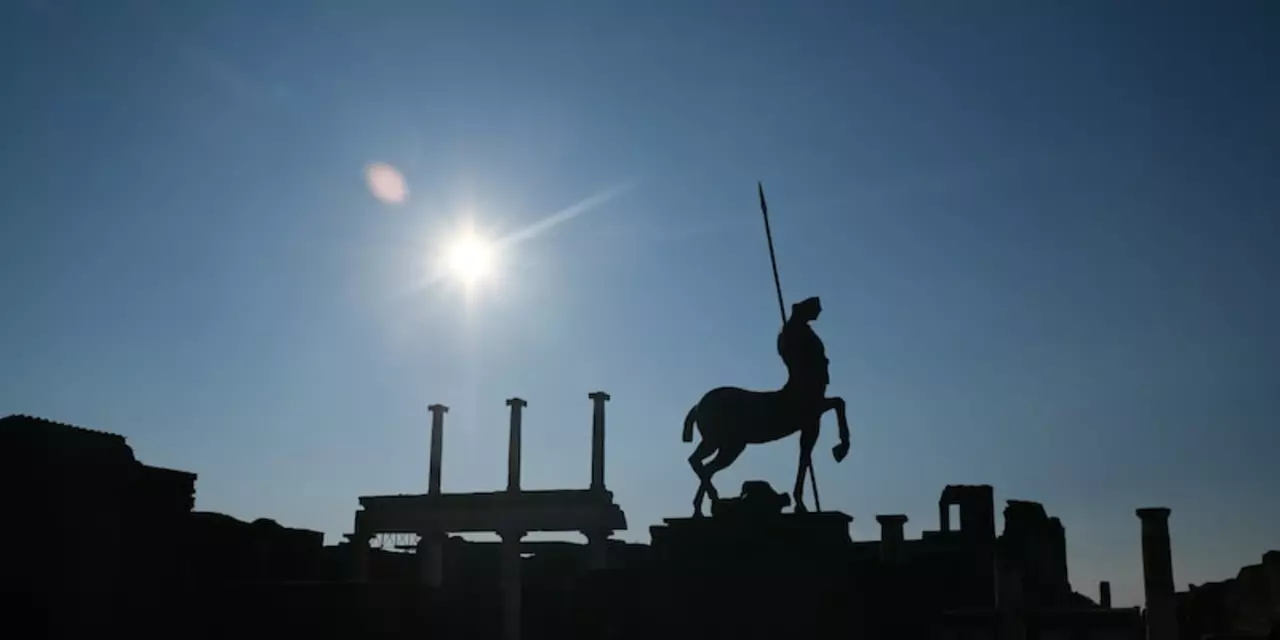Soldiers and Horses: Why Riding Still Matters in the Military
When you hear the word "soldier" you might picture a modern soldier in camouflage, not a rider on a horse. But the connection between soldiers and horses runs deep, and it still shows up in training, history, and even today’s special units.
First off, horses gave armies the speed they needed before engines existed. A mounted soldier could cover a hundred miles in a day, scout ahead, or charge into battle with more shock value than foot troops. That speed and shock helped shape battles from ancient Rome to medieval knights and the Napoleonic wars.
From the Battlefield to the Training Ground
When the army started to use tanks and trucks, many thought the horse would disappear forever. It didn’t. The military kept riding schools to teach discipline, balance, and teamwork. Riding forces soldiers to stay centered, improve posture, and think ahead. Those skills translate to any situation where a soldier must stay calm under pressure.
Today, many cavalry units still exist in ceremonial roles, but a few special forces keep horses for rough terrain where vehicles can’t go. Imagine a mountain patrol deep in a forest – a horse can move silently, carry gear, and let soldiers stay upright for hours without fatigue.
What Soldiers Learn From a Horse
Riding teaches a soldier to read an animal’s body language. That same skill helps read a teammate’s mood or an opponent’s moves. A rider also learns to give clear, gentle cues. In the field, that translates to clear commands that reduce confusion.
Physical benefits are real, too. Balancing on a moving animal works the core, legs, and back. Those muscles are exactly what a soldier needs for marching, lifting, and staying agile. And let’s not forget confidence. Trusting a horse enough to jump a fence builds confidence that spills over into any mission.
Even the uniforms reflect that bond. Traditional cavalry jackets, breeches, and boots were designed for comfort and safety on a horse. Modern tactical gear still borrows the same ideas – breathable fabrics, sturdy boots, and protective padding.Some militaries run horse‑riding programs for veterans. The steady rhythm of a horse can calm anxiety, and the partnership offers a sense of purpose. That healing side shows how the soldier‑horse link can continue long after active duty ends.
If you’re curious about trying it yourself, many stables offer “military riding” experiences. You’ll learn basics like mounting, steering, and trotting, all while hearing stories of famous cavalry charges. It’s a hands‑on way to feel what soldiers felt centuries ago.
Bottom line: the soldier‑horse partnership isn’t a relic; it’s a living skill set that still adds value. Whether you’re a soldier, a rider, or just someone who loves history, understanding this bond gives you a fresh view of how discipline, speed, and teamwork have evolved together.
Did Roman soldiers ride horses?
Roman soldiers did indeed ride horses for transportation and for battle. Horses were used for quick movement of troops, carrying messages, and even in battle to help charge enemy lines. During battle, the horses were protected by their riders with armor and shields. The Roman army also used chariots and carts to transport soldiers and supplies, but horses were the main form of transportation. The Roman military was well-known for its skill in horsemanship, and even had a special cavalry force dedicated to riding horses.
READ MORE